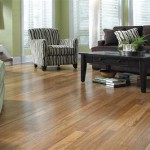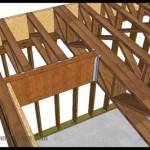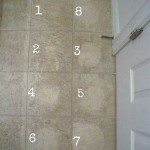Weight Lifting Rubber Flooring: A Comprehensive Guide
Weight lifting rubber flooring is a popular choice for home gyms, commercial fitness facilities, and other spaces where heavy lifting takes place. Its resilience, durability, and safety features make it an ideal solution for protecting floors, equipment, and individuals. This article provides a comprehensive guide to weight lifting rubber flooring, covering its benefits, types, installation, and maintenance.
Benefits of Weight Lifting Rubber Flooring
Weight lifting rubber flooring offers numerous benefits, making it a preferred option for various applications. It provides exceptional protection for both the floor and equipment, reducing the impact of heavy weights and preventing damage. This durability translates into extended lifespan, minimizing the need for frequent replacements. Additionally, rubber flooring offers excellent sound absorption, minimizing noise levels during workouts and creating a more pleasant environment. Its slip-resistant surface enhances safety during exercises, reducing the risk of falls and injuries. Moreover, the shock absorption properties of rubber flooring help to reduce muscle fatigue and joint stress, contributing to a more comfortable workout experience.
Types of Weight Lifting Rubber Flooring
Weight lifting rubber flooring comes in various types, each suited to specific needs and budgets. *
Rubber Tiles:
These are easy to install, interlock, and come in different sizes and thicknesses. They are readily available in various colors and patterns, allowing for customization. *Rubber Rolls:
These offer a seamless and aesthetically pleasing finish, ideal for larger spaces. They are generally easier to install than tiles, but require more precise measurements and cutting. *Rubber Mats:
These are smaller, portable, and readily available. They are a budget-friendly option suitable for small spaces or specific areas within a gym.Installing Weight Lifting Rubber Flooring
Installing weight lifting rubber flooring involves several steps, ensuring a secure and durable installation. *
Prepare the Subfloor:
The subfloor should be clean, level, and free of debris. Any imperfections or irregularities can affect the installation and the overall performance of the flooring. *Measure the Area:
Accurate measurements are crucial for determining the amount of flooring required. *Installation:
Depending on the type of flooring, installation methods may vary. Tiles typically interlock, requiring proper alignment and securing with adhesive or tape. Rubber rolls require careful laying and securing with adhesive. *Finishing Touches:
After installing the flooring, it is essential to trim any excess material and ensure proper alignment and fit.Maintaining Weight Lifting Rubber Flooring
Proper maintenance is crucial for prolonging the lifespan and performance of weight lifting rubber flooring. Regular cleaning with a mild detergent and water removes dirt, dust, and grime. Avoid using harsh chemicals or abrasive cleaners that can damage the surface. Additionally, it is essential to inspect the flooring periodically for any damage or wear. Minor repairs, such as patching or replacing damaged tiles, can help to maintain the integrity of the flooring.

Weightlifting Flooring What To Look For When You Need It

What To Look For In Gym Tiles Free Weight Areas Floors

Flooringinc 3 4 Interlocking Heavy Duty High Impact Weight Room Gym Flooring 6 X7 X6 2 Piece Mat Com

Pavigym Extreme S Rubber Gym Floor Tiles S7r

Weightlifting Platform Lifting Station Sprung Gym Flooring

Fitness Rubber Flooring Perfect Surfaces

Weightlifting Flooring What To Look For When You Need It

1 2 Inch Rubber Flooring Rolls Black Weight Room

Cff Thug Mats 2 Thick High Impact Gym Mat Flooring Strength Equipment Fit

Weight Room Flooring 3 Best Rubber Mats Tles And Rolls
Related Posts








